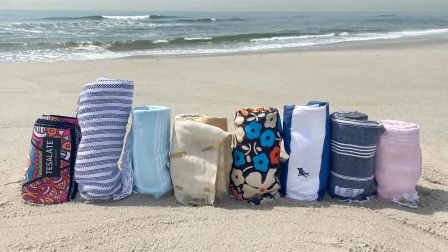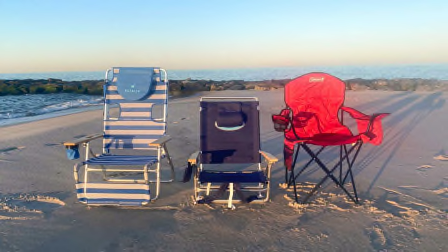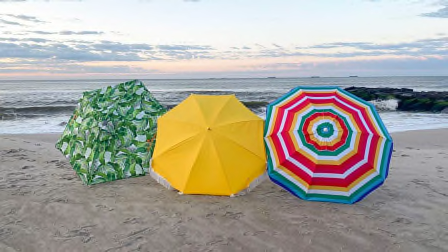Best Beach Tents
CR evaluated four pop-up beach tents and disliked half of them—but two offered stress-free setup, privacy, and plenty of shade
When you shop through retailer links on our site, we may earn affiliate commissions. 100% of the fees we collect are used to support our nonprofit mission. Learn more.

The best beach tents provide shade, protect you and your loved ones from UV rays, and allow you to extend your time at the beach. However, some models are easier to assemble than others.
I don’t like assembling things. If handed stakes and asked to make some sort of beach shelter appear, I am going to apply sunscreen, put on a sun hat, and hope for the best. But my attitude also leads to envy when I see beachgoers retreat within their shady beach tents to enjoy sandless watermelon and maybe even change out of wet clothes in private. So I decided this summer was going to be the summer of the beach tent. How hard could it be to pitch one, right?




















